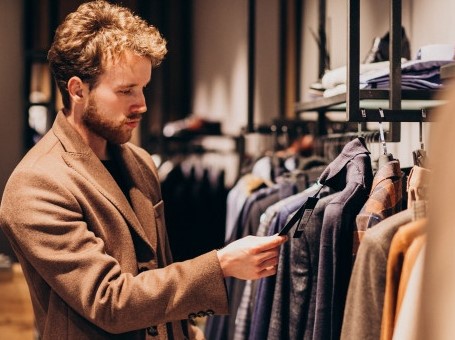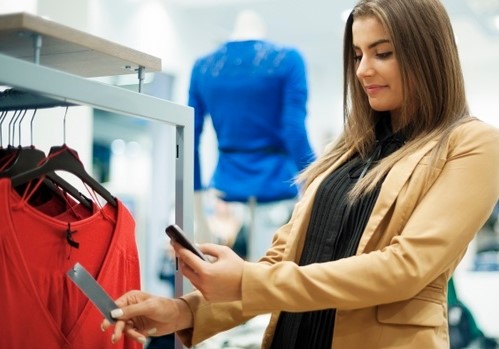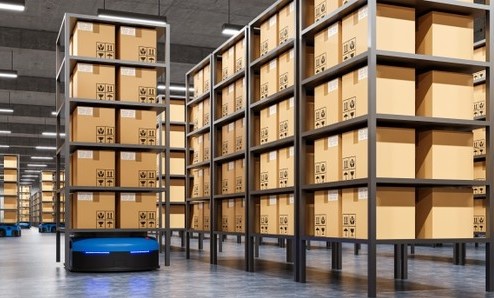Retail recruitment is an essential part of the retail business. Whether it is the holiday season or busy hours; retailers are always in need to hire retail employees. In other words, it is a part of retailers business that they have to keep recruiting employees. Further, there are times in retail, when retailers are in need of hiring new retail employees. Therefore the process of hiring can become massive at time. Moreover, during the retail recruitment, if the employees hired are not competent enough, it is damaging to the business and effects sales.
During retail recruitment, one of the biggest challenges that retailers have to face is finding competent retail employees. Certainly people view retail jobs as the first step towards achieving better opportunities. Therefore it is very difficult to find employees that are not just proficient but also sincere to the company.
“Nothing we do is more important than hiring and developing people. At the end of the day, you bet on people, not on strategies.”
–Lawrence Bossidy
However, there are employees that immensely help retailers with their competence and behavior. Therefore retailers need to find the most competent retail employees during the retail recruitment process. In other words, these employees should be such who should not turn around and leave the job soon after being hired.
Which factors should Retailers keep in mind during Retail Recruitment?
Effective Retail Recruitment should Offer full time jobs to Employees
If retailers want to hire employees for long terms, they should offer them to work for more hours. In other words, the employees that are offered part time jobs eventually look for other jobs that offer more working hours. As a result, of offering them more working hours, employees are also offered more money. In addition, the employees who work as a part job employees are already working at other places. This consequently makes it difficult for retailers to receive their service at its fullest. In other words, their attention will shift because they will have other things in mind as well.
Hire Fresh & Easily adaptable Employees during Retail Recruitment
Retailers might think that if they hire the employees who have left their competitors is effective. But, this is not the case. Although it seems ideal, but these employees are not trained to work according to the competitors way because that is the very reason that they are no more working in the competitors company. Therefore it is better that during the retail recruitment. Retailers should hire employees that are fresh and new as compared to the ones who have already worked with the retailers’ competitors. The key to hiring employees is their skills and ability to learn rather than experience.
Practically Analyze the Employees
Interviews are an effective way to judge the competence of the employees. However, during retail recruitment, retailers should make sure that they see how the employees interact with people. In other words, retailers should see how these employees deal with various store and customer situations. As a result, it will give retailers enough idea during retail recruitment about how competent the employees are.
People Skills are essential in Retail Recruitment
Certainly in retail, people skills are the most significant. Therefore, it is essential that retailers should hire employees that know the art of dealing with people. Moreover, the employees should be great team players. In addition, they should be able to deal with people on daily basis and tackle customer situations of all types.
Do not be Abrupt during Retail Recruitment Process
No matter if the retailers think that they have founded the right employee that they were in need of, they should not hire instantly. That is to say, they should still take time to interview others because they might find someone better and more qualified.
Promote the company policies in case of Competent Employees
If retailers have found the employees that they were looking for, they should promote the company’s policies to them. That is to say, company benefits, company atmosphere and history. In other words, it is difficult to find the right and competent employees, therefore once found they should not be let go.
To conclude, competent Store employees are very beneficial for the success of business. That is to say, a store that has the right and proficient retail employees can be way more successful than the ones who have incompetent employees. Competency also includes that the employees should be well educated in technology and retail gadgets such as Autonomous shopping carts, Point of sale system etc. however, even if the customers are not well acquainted with the retail technology it is not that much of a big deal. That is to say, retailers can train them if employees are proficient and open to learning.









